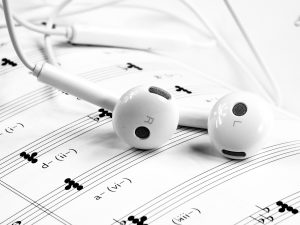Digital feedback formats – what are the advantages and disadvantages of different formats?
Digital tools offer various ways to provide feedback, depending on the teacher, the type of activity, and the needs of the students. A teacher may also wish to facilitate peer-to-peer feedback, which digital tools can support. These tools also preserve feedback that, unlike verbal feedback, doesn’t vanish after the lesson. Many teaching activities presented on this website incorporate digital tools for feedback. Unlike verbal feedback, digital formats are less constrained by time and location, allowing feedback to be shared whenever it’s convenient.
Links to different approaches are provided at the bottom of this page.
Navigate the different aspects of the activity here

The purpose of the activity
- To choose a feedback format that aligns with the activity, the teacher, and the students
- To consider the pros and cons of different formats, as some feedback formats can be more accessible for both teachers and students
Target audience
Music students and conservatory students

Technology/setup
- Options for sharing feedback including the institution’s LMS (e.g., Moodle, Speedadmin), email, closed Facebook groups, shared drives, etc.
- Mobile, tablet, or computer for writing or recording feedback